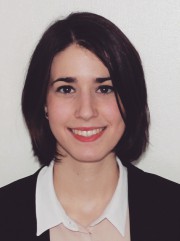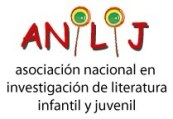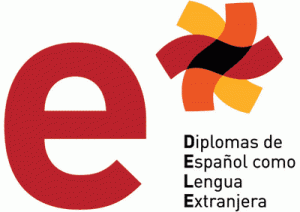It has been a while since I last wrote a post in this blog. The main reason for my absence is the amount of plans that I have been carrying out lately. After some months of uncertainty about what I wanted to do in the future, it became clear to me what I actually enjoy doing:
- Translating, specially children’s literature.
- Teaching Spanish, giving what is part of me – my culture and my language – to people passionate about it.
Once I saw it clear, I decided to find the different ways to differentiate myself from other people with similar goals.
The following is just a list of the steps I am taking to make my dreams possible, which can be helpful for other young translators and teachers.
Finding my way as a translator of children’s literature
✔ Join groups related to my field: I found out that some international associations promote children’s and young adults literature. I followed them in different media such as Facebook and LinkedIn. It is important to being informed about their congresses, new tendencies in literature and interesting authors.
(IBBY; Photo via: http://www.ibby.org.uk)
(ANILIJ; Photo via: http://espaciodelij.blogspot.co.at/2010_04_01_archive.html)
(NCRCL; Photo via: https://ncrcl.wordpress.com)
✔ Keep learning about the topic: I read a good amount of articles and projects about children’s literature and its translation that I found online.
✔ Let everybody know what I like: even if it might not sound important, it does help a lot. Every time a friend or colleague of mine sees something related to children’s literature, they send me the information. I was able to contact a university professor specialized in this field because a current colleague of mine used to be his student. So go ahead and let people know about your passions!
✔ Contact experts about the topic: write emails to people you think might be able to orient you. You might not always receive an answer and you have to be patient. Most of the people I have contacted are professors specialized in translation of children’s literature. Even though some of them are more research-orientated, I have always received different and therefore interesting points of view.
My last contact encouraged me to join the congress her university was hosting about children’s literature. It was organized by ANILIJ (Asociación Nacional en Investigación de Literatura Infantil y Juvenil, see logo above). Even though I am living in Austria, I decided that was a good opportunity for me and flew last month to the westernmost part of Spain to attend the event. It was a great experience.
(Photo via: https://xcongresointernacionalanilij.wordpress.com)
✔ Gather as much experience as possible: thank to Babelcube – website I have already talked about – I am currently translating my second book for children.
✔ Contact companies that might become potential employers: this is going to be my next step. I will try to get in touch with publishers by emailing them and attending literature events, like the coming book fair in Madrid.
Finding my way as a Spanish teacher
✔ Join groups related to my field: I think this advice can be applied to everything. In this case, the Facebook groups and online communities share a lot of useful material or recommend specific exercises to do in class.
✔ Keep learning about the topic: as a teacher, you have to stay up to date about new methodology, new exercises, changes in the language, etc. It is important to never stop learning and hear the experience of other teachers. I did a very intense online course for Spanish teacher and after 4 months I earned my Teaching Certificate of Spanish as a Foreign Language.
Furthermore, and to make my profile more versatile, I just finished another online course for examiners of DELE (Diplomas of Spanish as a Foreign Language). There is a certificate for the different levels by Common European Framework of Reference for Languages: A1/A2, A2/B1 for scholars, B1/B2 and C1/C2. The institution in charge of this certificates is the Instituto Cervantes and the certificate i earned was the second one. I thought a deeper understanding of the language knowledge scholars should have would help me in my classes of Austrian secondary schools.
(Photo via: http://hablaworld.com/what-is-d-e-l-e/ )
✔ Gather as much experience as possible: it is usually not that difficult to tutor different students and start realizing how the work of a teacher is.
✔ Observe how other professionals work: since i have been working in two schools, I was able to work along with different teachers and even sit in in other subjects. I could learn a lot after the students relationship with the teacher and the attitude the teachers have in class. It might not always be the case, but I am sure asking former teachers at high school or even university to sit in their classes is another possibility.
✔ Contact companies that might become potential employers: language schools usually ask for at least one year of experience. However I am sure good education and international experience play an important role as well.
Schönes Wochenende







